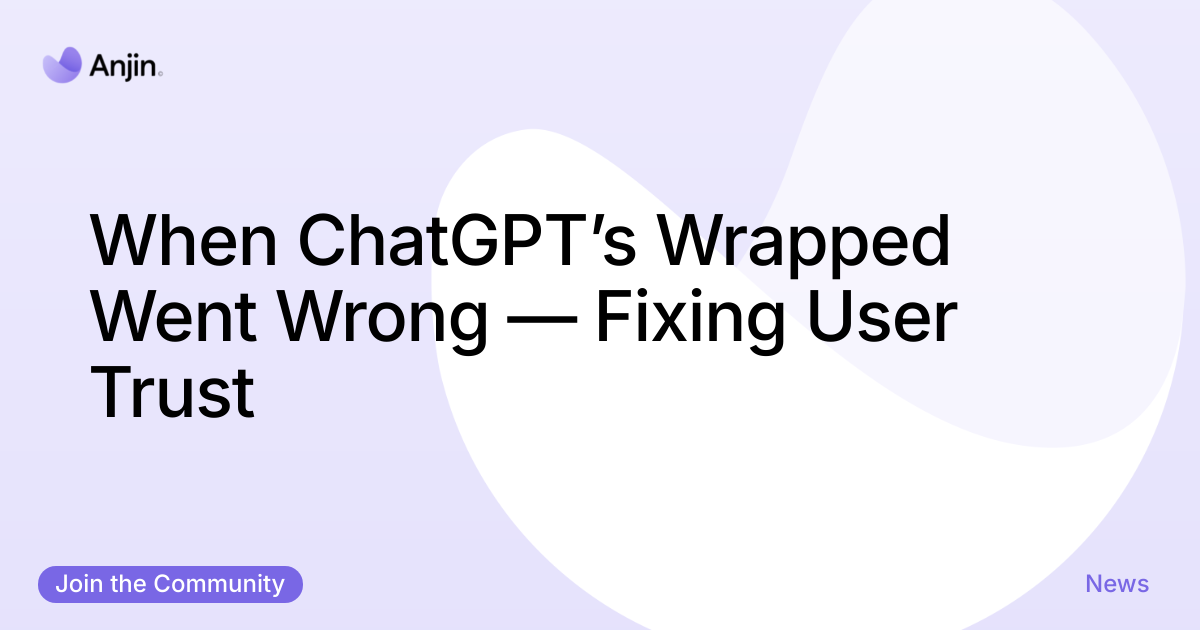From Automation to Augmentation to Restructuring
For years, AI in the workplace was synonymous with automation—tools designed to streamline repetitive tasks. Then came augmentation—platforms that supported human decisions with predictive insights. Now, with agentic AI, we’ve entered a third phase: structural integration.
These AI agents don’t just support teams; they act independently, taking ownership of micro-tasks, decisions, and outcomes. And that shift has direct implications for how work is organised.
In practical terms, it means:
- Teams are shrinking, but output is growing
- Management hierarchies are flattening
- Roles are blending across functions
- Individual contributors are managing AI counterparts
This is the age of the hybrid human-AI team.
What is Driving the Shift?
The catalyst is capability. Unlike previous rule-based systems, agentic AI platforms can:
- Interpret dynamic input (e.g. natural language requests, market signals)
- Execute across tools (e.g. CRMs, spreadsheets, internal systems)
- Adapt to feedback loops and improve autonomously
This means one well-trained agent can replace the need for several manual touchpoints.
For example:
- A customer onboarding agent can handle data intake, verification and activation
- A finance assistant agent can manage expense approvals and flag anomalies
- A sales intelligence agent can monitor account behaviour and suggest outreach triggers
When tasks shift from humans to agents, structures must follow.
Implications for Employment Models
There’s understandable anxiety about AI-induced job loss. But the more nuanced truth is emerging: roles aren’t vanishing—they’re splitting.
A customer support manager might see 60% of routine queries resolved by AI agents. But their new role includes:
- Supervising agent workflows
- Training agents with new product data
- Handling complex escalations
- Auditing AI decisions for compliance
The function remains, but the scope evolves. In this way, agentic AI doesn’t remove jobs—it reclassifies them.
From an employment strategy lens, this means:
- Upskilling becomes non-negotiable
- AI literacy is the new digital fluency
- Performance is measured by orchestration, not output alone
How Organisations Are Responding
Companies featured in recent reports by the Financial Times and World Economic Forum are taking proactive steps:
- Embedding agent operation specialists in every department
- Creating “AI councils” to govern agent deployment
- Designing cross-functional pods with agents embedded
- Mapping every workflow to identify agentic opportunities
These organisations aren’t waiting for disruption—they’re designing for it.
They are also rethinking how they measure productivity. Traditional KPIs like “tickets closed” or “calls answered” are giving way to metrics such as:
- Tasks delegated to agents
- Human time recovered
- Cross-agent collaboration efficiency
- Quality of AI recommendations
SEO, GEO, and Visibility in the Age of Hybrid Teams
As agentic AI grows in decision-making power, its influence on visibility and discoverability deepens. SEO and Generative Engine Optimisation (GEO) now require content to:
- Be structured for AI interpretation
- Reinforce authority and trust (EEAT principles)
- Align with real user intent as interpreted by conversational agents
If agents are the new intermediaries, they must be able to parse, reference and trust your digital footprint.
This is especially important for HR, recruitment and learning & development content. Agent-first job discovery, onboarding flows, and internal education require structured metadata, strong brand entities and conversational context.
Final Thought: The Future of Work Isn’t Human-Only or AI-Only—It’s Integrated
The adoption of agentic AI doesn’t spell the end of employment. It signals a rebalance. Organisations that resist this shift risk building teams for a world that no longer exists. Those who embrace it will build resilient, flexible and augmented teams, capable of thriving in environments shaped as much by agents as by managers.
At Anjin Digital, we believe the companies that succeed will be those that rearchitect their workforces—not just retrain them. That includes designing workflows for delegation, measuring human-agent synergy, and embracing structural agility.
The AI agent is no longer a back-office tool. It’s a colleague





